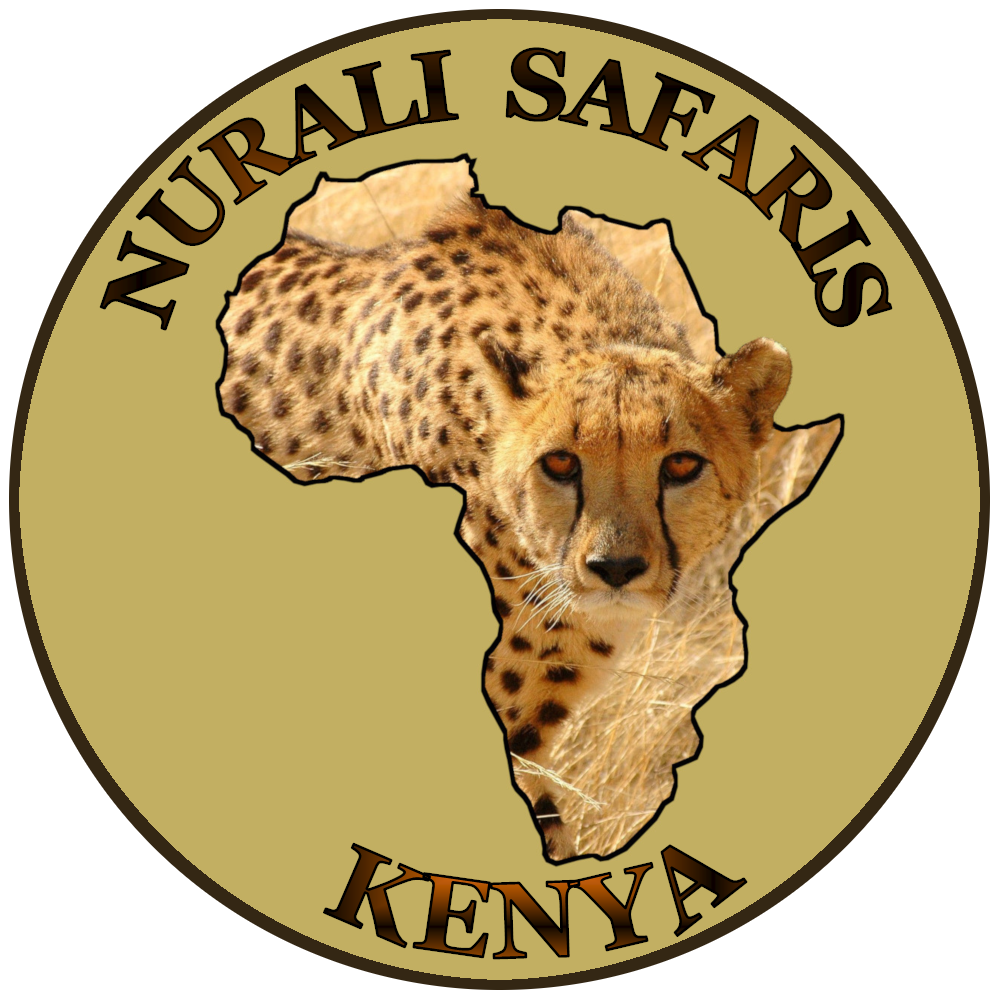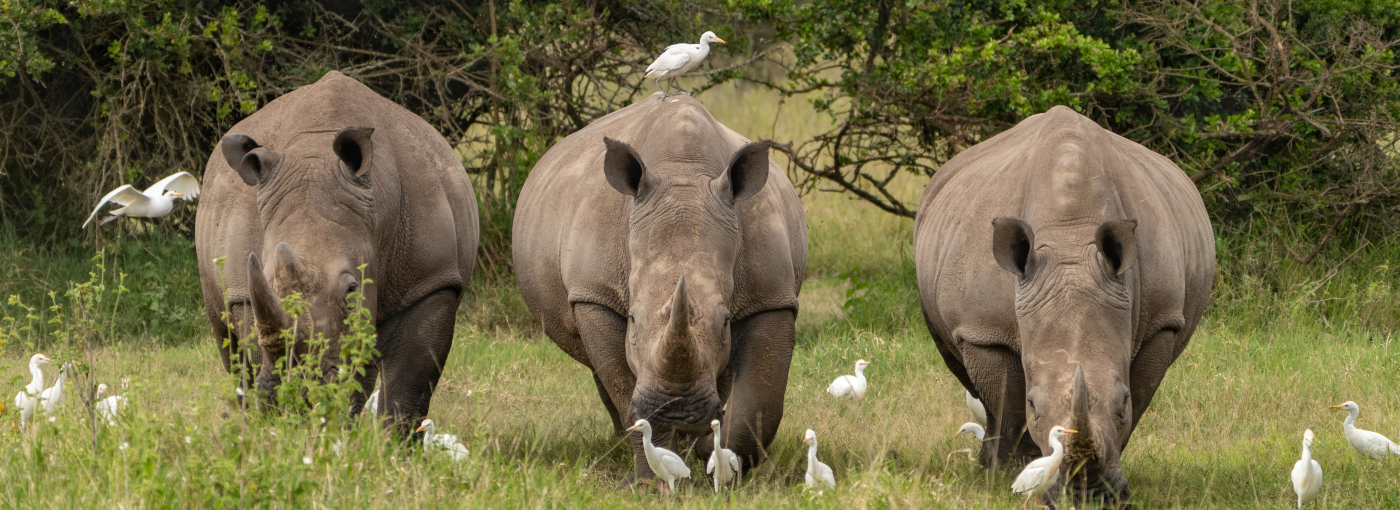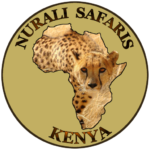Conservancy
“Si tratta di una tutela istituita su un terreno privato da un privato o da un ente allo scopo di preservare la fauna selvatica”.
Le riserve private,che costituiscono il 36% dei membri di KWCA, possiedono o gestiscono terreni in affitto o proprietà. L’area sotto controllo può essere gestita da singoli individui o famiglie, organizzazioni no profit o aziende. Le vie più popolari per governare le riserve private in Kenya includono l’affitto della terra a ONG per la conservazione, società private senza scopo di lucro o società private a scopo di lucro. Alcuni sono gestiti dagli stessi proprietari.
Ogni tutela determina le strutture del consiglio di amministrazione, l’occupazione del personale, la raccolta di fondi, la sostenibilità finanziaria, la trasparenza, i costi e il potere di lobbismo politico. Va sottolineato che l’approccio di governance è contestuale e determinato da vari altri fattori.
In Kenya, le riserve private si trovano principalmente a Laikipia (9 delle quali coprono 156.494 ettari), Nakuru (15 delle quali coprono 49.013 ettari) e Taita Taveta (25 delle quali coprono 358.337 ettari).
Laikipia Nature Conservancy (36.500 ha) e Ol Pejeta Wildlife Conservancy e Rukinga (34.398ha) sono le più grandi riserve private del Kenya, mentre Lentolia Farm (44ha) è la più piccola riserva privata del paese.
OL PEJETA CONSERVANCY
L’ Ol Pejeta Conservancy è una non-for-profit Conservancy a tutela della fauna selvatica nel centro del Kenya, nella Contea di Laikipia. Si trova all’Equatore, ai piedi dei Monti Aberdares e il Monte Kenya. L’Ol Pejeta Conservancy lavora per preservare la fauna selvatica, fornire un rifugio per le grandi scimmie e generare reddito attraverso il turismo della fauna selvatica ed imprese complementari per reinvestire nella conservazione e nello sviluppo della comunità.
Ospita anche i due rinoceronti bianchi settentrionali rimasti nel mondo, che sono stati trasferiti lì dallo zoo Dvůr Králové della Repubblica Ceca.
Il commercio illegale di fauna selvatica è un’industria multimiliardaria. Nel 2013, il governo del Kenya ha approvato un nuovo Wildlife Act, che ha promesso sanzioni più severe per coloro che sono coinvolti nel commercio, in particolare per i contrabbandieri di avorio e corna di rinoceronte. Il duro atteggiamento del Kenya nei confronti dei crimini contro la fauna selvatica si riflette nelle unità anti-bracconaggio di Ol Pejeta, che sono in prima linea nella protezione della fauna selvatica.

Ol Pejeta Conservancy
SOLIO RANCH
La riserva naturale di Solio è un piccolo gioiello incastonato nel cuore del Kenya. Una piccola meraviglia che però ti fa immaginare cosa deve essere stata questa terra solo pochi decenni orsono. Quarantacinque chilometri quadri ai piedi del Monte Kenya che sono stati preservati integralmente. Il ranch è un’area protetta recintata di proprietà privata, orientata alla conservazione dei rinoceronti.
Causa il bracconaggio, l’accesso alla zona, giustamente, è complicato: ogni auto è controllata, ogni passeggero deve esibire i documenti, compilare e firmare una dichiarazione, lasciare i propri dati. Tre cancelli da superare e piccole tende di ranger armati all’interno della riserva tutelano i rinoceronti dai bracconieri privi di ogni scrupolo che li uccidono solo per prenderne il lungo corno.
La zona è un susseguirsi di basse colline dolci ricoperte da folti cespugli, mentre sul fondovalle si estende un meravigliosa foresta di acacie dal tronco giallo, i “fever tree”. Nei prati verdi, pascolano tranquille piccole famiglie di rinoceronti bianchi. Sono imponenti nella loro mole, il corno sul muso di alcuni è più lungo di un metro.
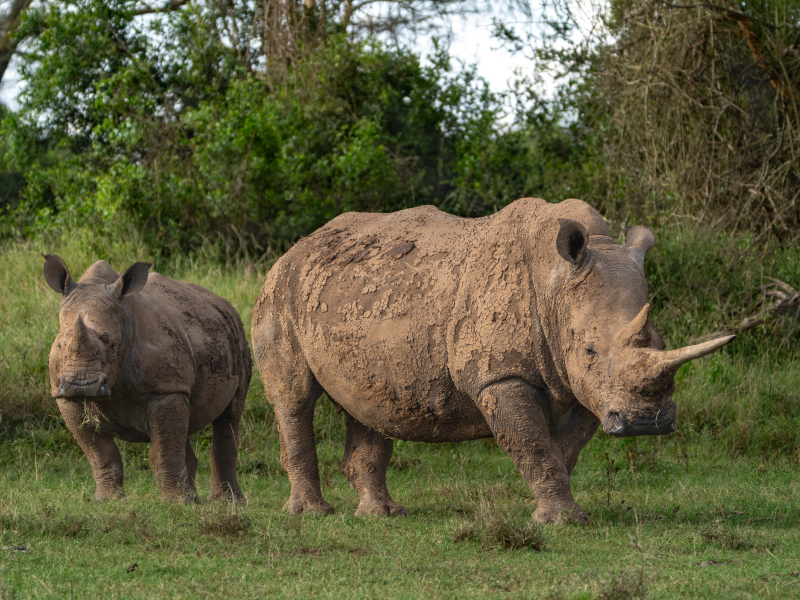
Solio Ranch
LOISABA CONSERVANCY
Loisaba è un ranch di 56.000 acri di fauna selvatica situata nella parte settentrionale di Laikipia, Kenya, Africa orientale. I due fiumi permanenti e abbondanti sorgenti permanenti rendono Loisaba attraente per la fauna selvatica durante tutto l’anno.
Loisaba è anche parte di una storia più grande che si estende ben oltre i confini. Si trova sul bordo occidentale di uno dei più importanti corridoi di movimento elefante del Kenya. Il mantenimento di questa terra è un paesaggio di circa 15 milioni di acri delle terre comunitarie vicine intatte e funzionanti per la fauna selvatica, il bestiame e il popolo pastorale settentrionale del Kenya.
La missione è quella di proteggere e valorizzare la diversità, l’abbondanza e l’habitat critici della fauna selvatica nel paesaggio di Loisaba, sostenendo contemporaneamente la produzione sostenibile del bestiame e migliorando la vita delle comunità vicine. Sia il turismo che il bestiame portano entrate alla terra, al fine di essere autosufficienti e offrire oltre 200 posti di lavoro alle comunità locali.
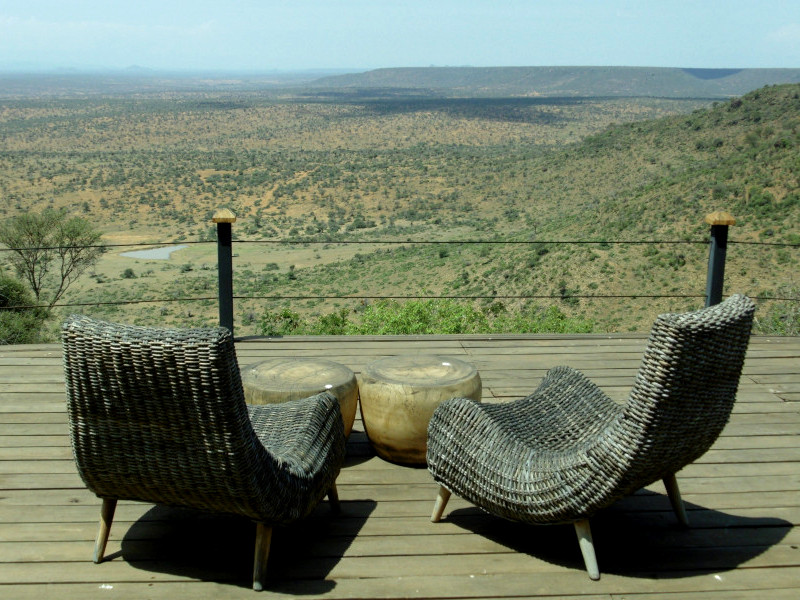
Loisaba Conservancy
LEWA WILDLIFE CONSERVANCY
Lewa Wildlife Conservancy opera come modello e catalizzatore per la conservazione della fauna selvatica e del suo habitat. Lo fa attraverso la protezione e la gestione delle specie, l’avvio e il sostegno dei programmi di conservazione e sviluppo della comunità e l’educazione delle aree limitrofe al valore della fauna selvatica. Per le comunità locali, Lewa rappresenta molto più della fauna selvatica che protegge.
Per le persone vicine alla Conservancy, Lewa offre la possibilità di mantenere il loro stile di vita tradizionale in un contesto moderno e sostenibile attraverso progressive campagne di pascolo e di silvicoltura.
Per le famiglie che vivono ai suoi confini, Lewa offre migliori mezzi di sussistenza grazie all’educazione degli adulti e ai programmi di microcredito per le donne, ai progetti idrici gestiti dalla comunità e all’accesso all’assistenza sanitaria nelle sue quattro cliniche. Per migliaia di bambini nelle scuole locali, Lewa apre le porte ad un futuro con più scelte rispetto alle generazioni precedenti.
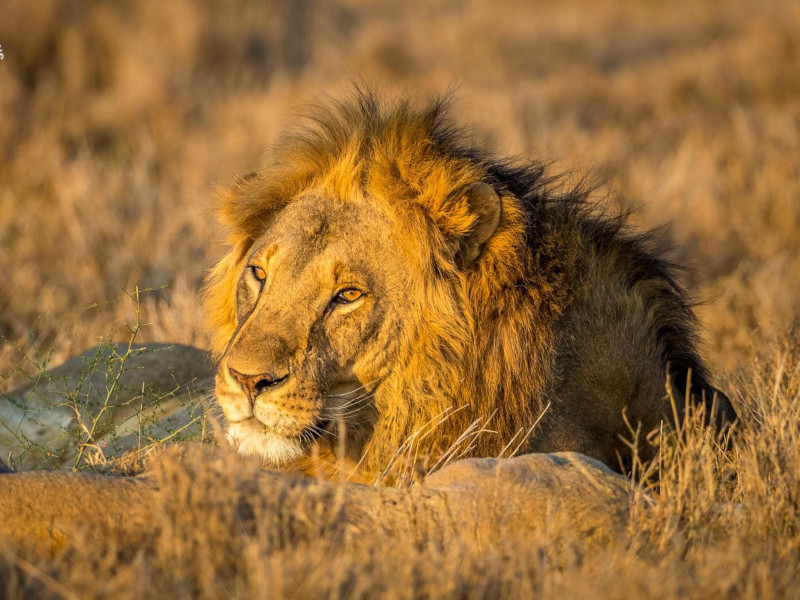
Lewa Conservancy
OL ARI NYIRO CONSERVANCY
Come per molte riserve di safari alle frontiere di Laikipia, Ol Ari Nyiro Conservancy è nata come ranch e in seguito è passata a una conservazione della fauna selvatica sotto l’egida della Gallmann Memorial Foundation. La riserva si trova sul lato occidentale di Laikipia e copre circa 100.000 acri. Il paesaggio comprende l’impressionante gola di Mukutan, dolci colline, praterie e foreste di reliquie indigene, l’unica nel suo genere nella zona. L’abbondanza di acqua nella riserva è attribuita a 62 laghi artificiali, fiume Mukutan, cascate e sorgenti naturali, alcune delle quali sono sorgenti termali.
Una gestione efficace della terra e della fauna selvatica rende Ol Ari Nyiro Conservancy la casa di un’abbondanza di specie diverse, tra cui una delle più grandi popolazioni del Kenya di bufali del Capo su terreni privati, giraffe, elefanti, antilopi, zebre e grandi predatori, come leoni, ghepardi e leopardi. Più di 400 specie di uccelli sono state registrate nella riserva, comprese 85 specie elencate come vulnerabili e in via di estinzione, a ulteriore conferma dei vantaggi di un’efficace gestione delle risorse. Anche le specie minacciate più piccole prosperano nella riserva, inclusi molti insetti rari, rettili e anfibi.
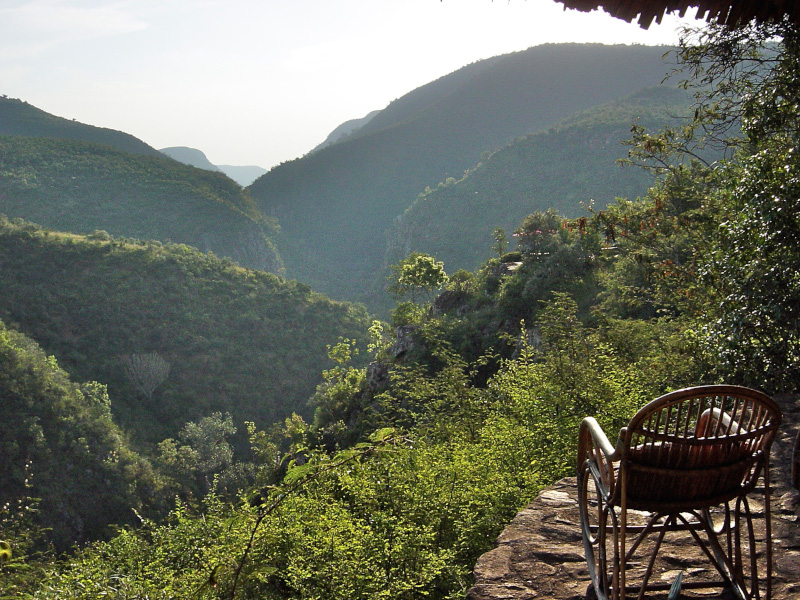
Ol Ari Nyiro
NATURA SELVAGGIA INCONTAMINATA
Contatti
Contattaci per pianificare il safari dei tuoi sogni e vivere un'avventura indimenticabile in Kenya.
NURALI SAFARIS LTD
P.O. Box 5882
Malindi – Kenya
